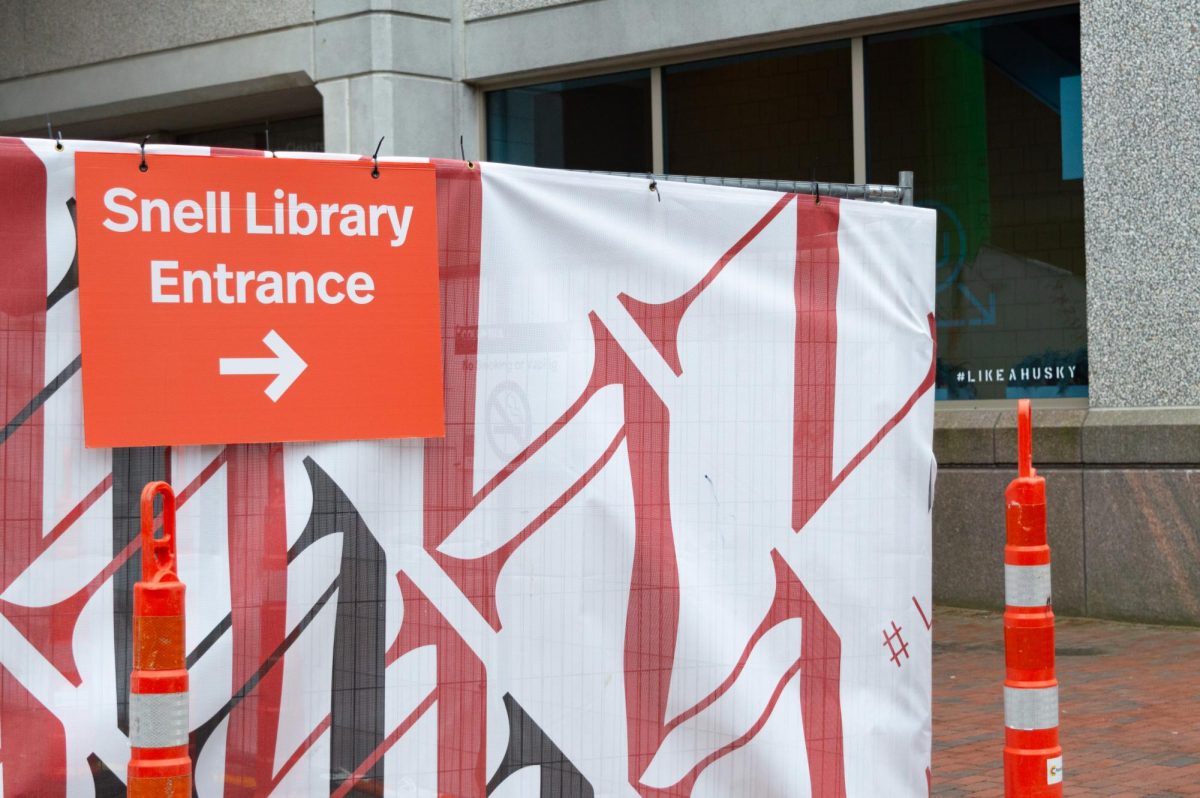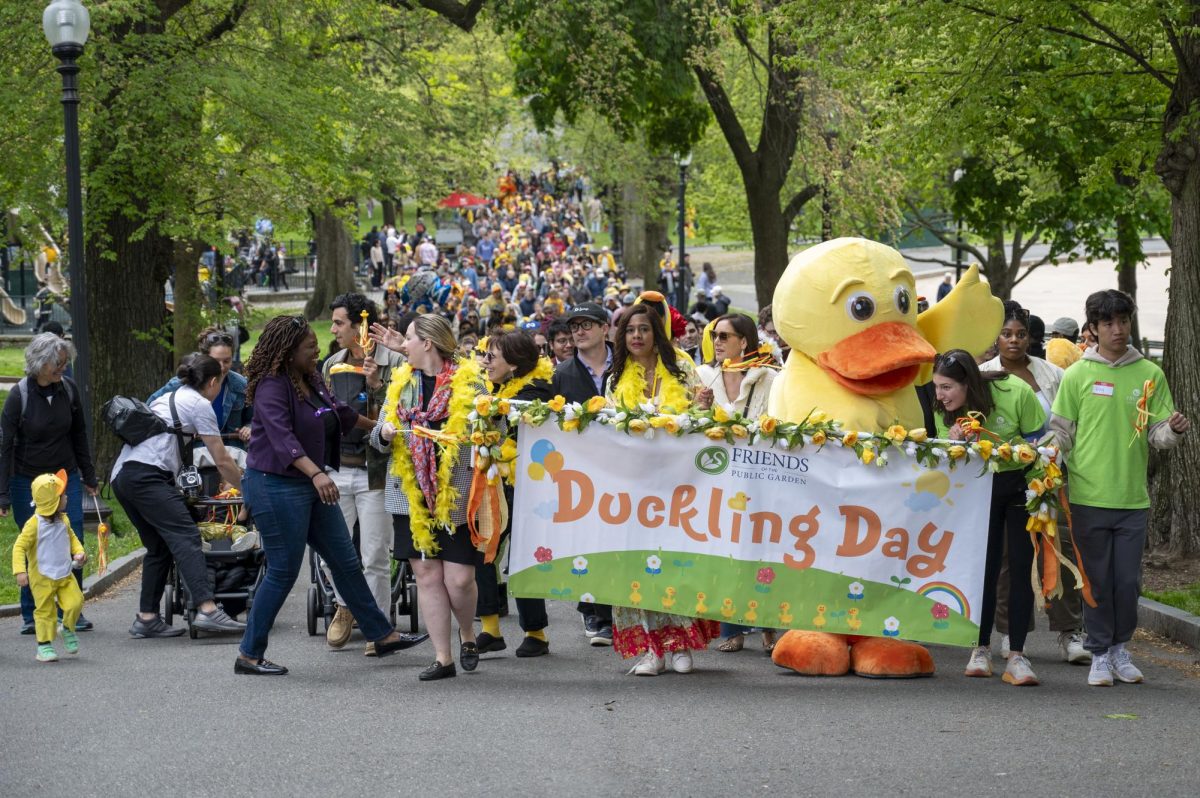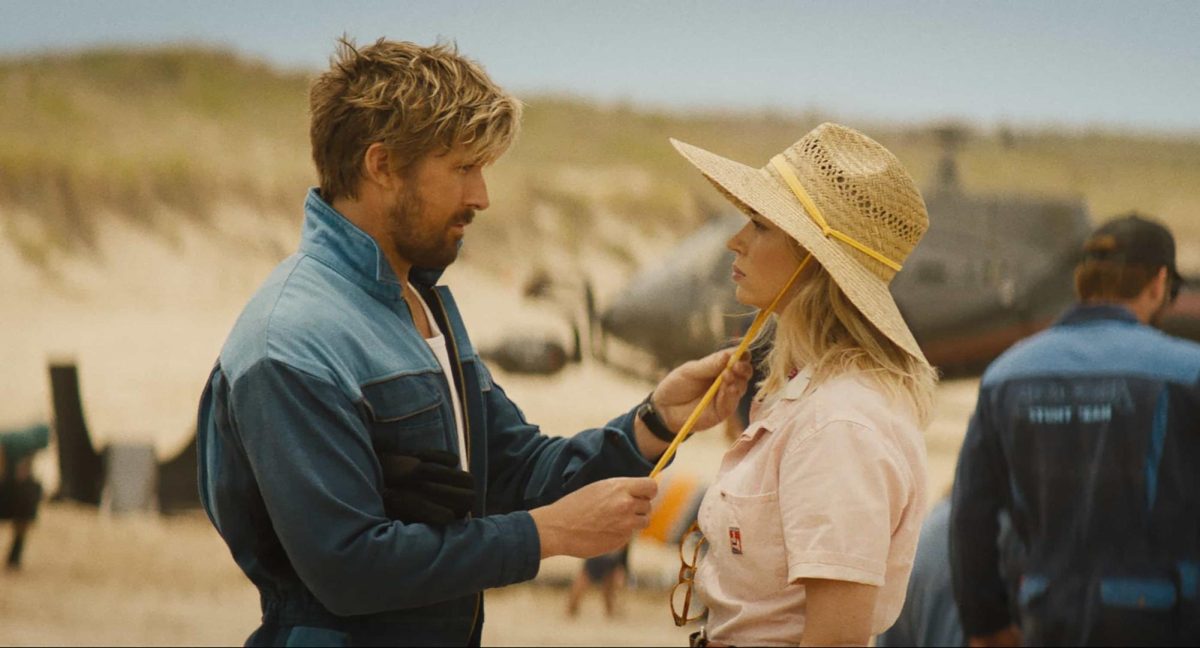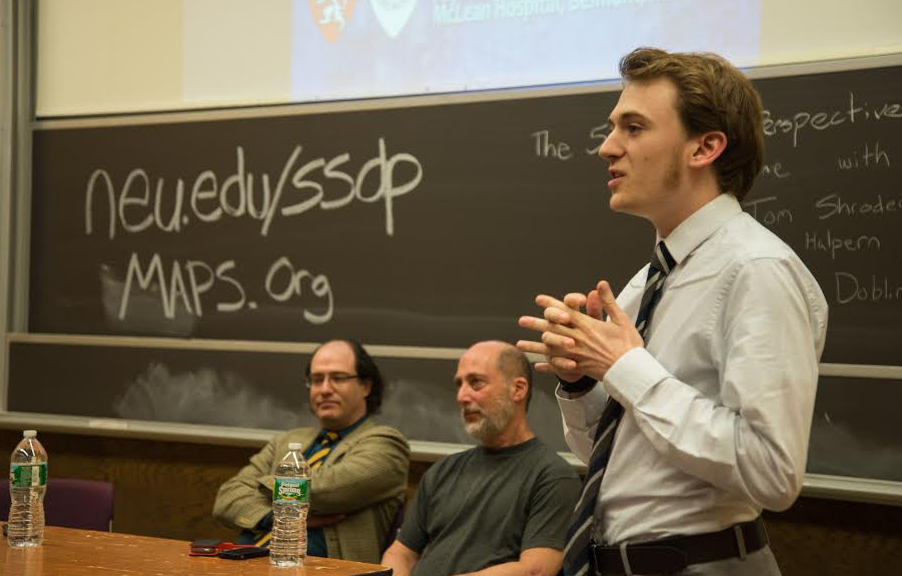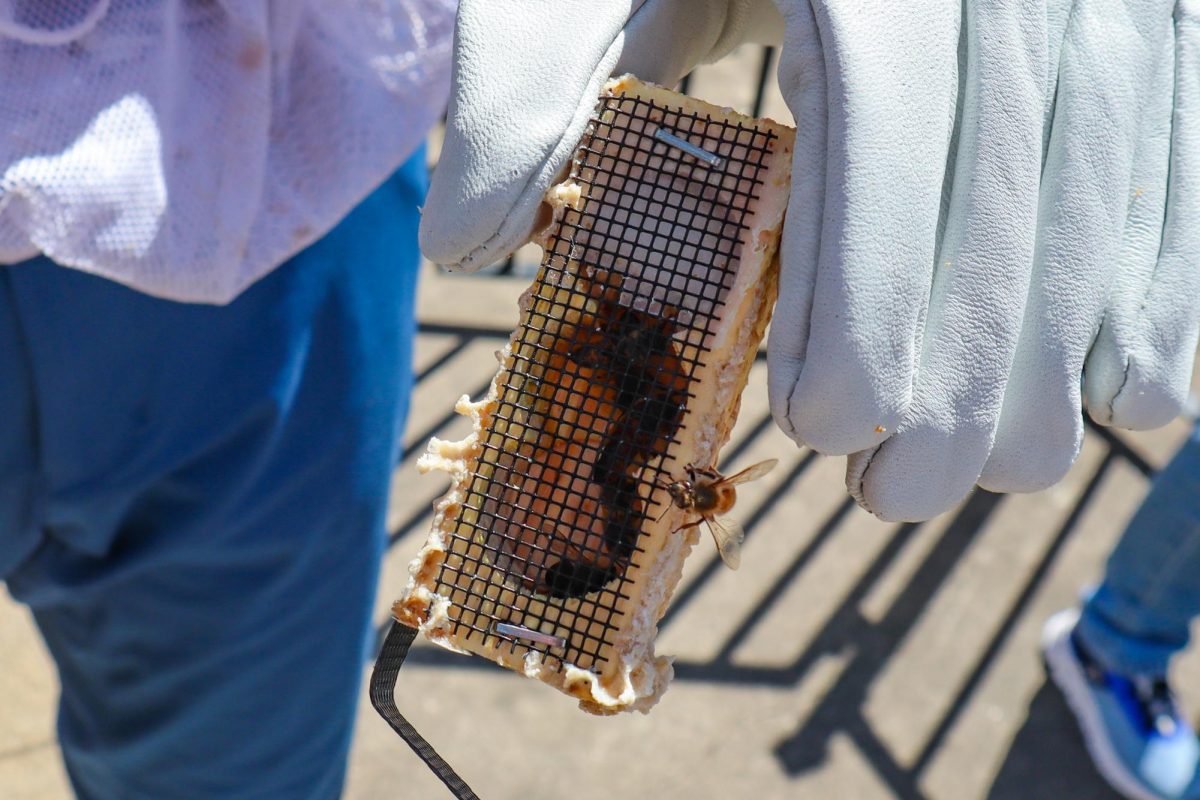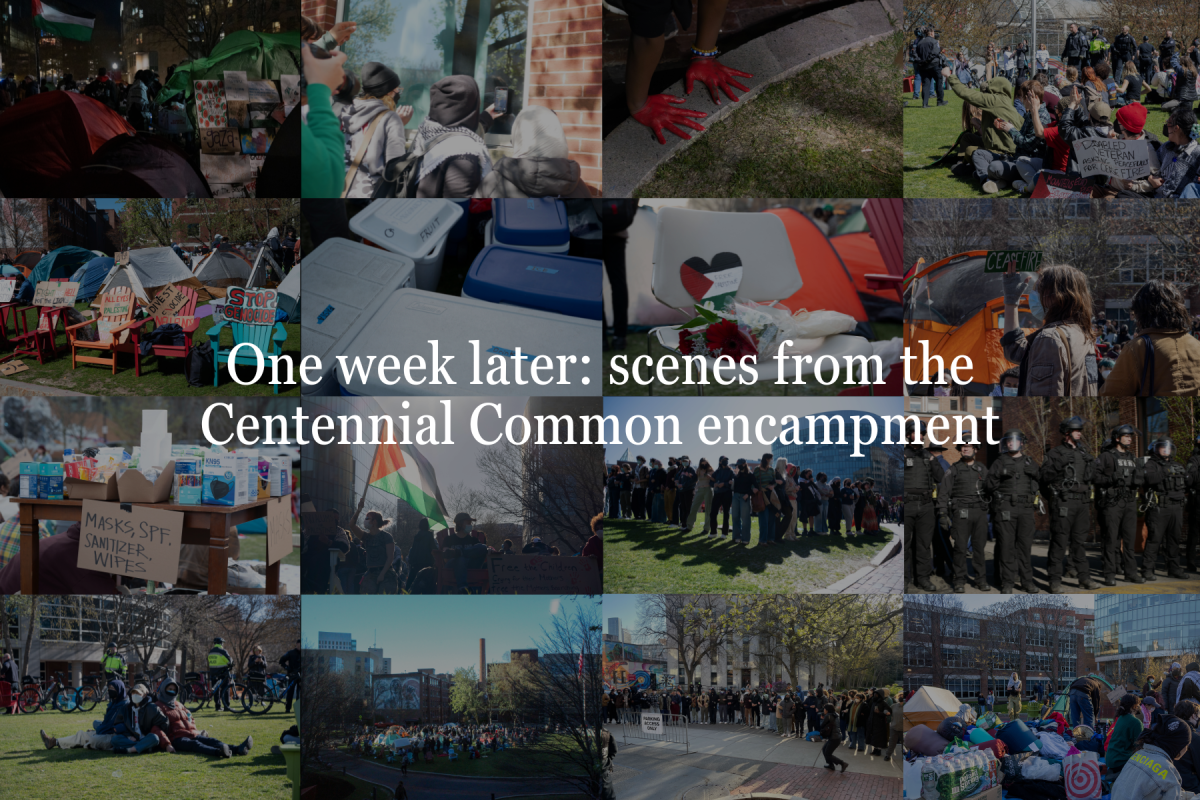By Scotty Schenck. photo editor
Some people perceive marijuana, ecstasy and LSD as triggers of personal demons. Rick Doblin, however, sees these drugs as tools to heal them.
Doblin, founder of the Multidisciplinary Association for Psychedelic Studies (MAPS), visited Northeastern last Friday for the fifth annual Perspectives in Psychedelic Medicine panel. Every year, Doblin has been at the event hosted by the Students for Sensible Drug Policy (SSDP) chapter at Northeastern, but was almost three hours late this time.
With Doblin absent, Harvard Assistant Professor of Psychiatry John Halpern, M.D. initiated the panel. Halpern criticized the government’s stance on the legal treatment of drugs, specifically how the government handles ecstasy, a colloquialism for the Schedule I substance MDMA.
“The current public policy of our country states that ecstasy is more than twice as dangerous as cocaine,” Halpern said. “Does anyone believe that? Is anyone unsure? This is a danger to our public health. It means we are offering a public health message that is distorted.”
Halpern said the government’s justification is that MDMA has both stimulant and hallucinogenic properties, while cocaine is solely a stimulant, and research supposedly links MDMA to deterioration of connections, called dendrites, between serotonin neurons. This effect is typically called neurotoxicity. Halpern said he is a skeptic.
“What’s the evidence of the neurotoxicity? It’s all theoretical with animal models showing there is neurological pruning of the serotonin dendrites. [Dendrites] can pull back and shrivel up … and they grow back in a different way,” Halpern said. “My definition of neurotoxicity is a conservative one: it’s called neuron death. What drug is still popular out there that causes neuron death? That would be alcohol.”
Based on a study Halpern conducted with 200 chronic users of ecstasy who have not used other drugs, he found that MDMA does not cause neurocognitive impairment. The subjects had used no other drugs besides MDMA, and they had all used it at least 55 times in their lives. Halpern criticized previous studies for not controlling confounding variables, such as small sample sizes and participants using multiple drugs.
While Halpern called the stigma surrounding MDMA unfair, he recognizes the drug is not risk-free.
“No drug is safe; all drugs have a risk profile,” Halpern said. “I’m not here to advocate that people take drugs. You don’t need an advocate to take drugs; people are inherently curious.”
By the end of Halpern’s talk, Tom Shroder, former editor of The Washington Post Magazine and author of the book “Acid Test: LSD, Ecstasy and the Power to Heal,” began to speak. The book tells the tales of Doblin and emergency room doctor-turned-psychiatrist Michael Mithoefer, and how they ended up treating Nicholas Blackston, a marine with post-traumatic stress disorder (PTSD) using MDMA. A year after his treatment with MDMA, Blackstone no longer had PTSD, the researchers reported.
In 1975, Shroder passed through Sarasota, Fla. as the editor of the University of Florida’s newspaper. He decided to do a feature on a man he saw building a house with psychedelic-inspired stained glass – it was Doblin.
By the mid-1980s, Doblin was an outspoken advocate for the healing power of MDMA. Shroder, who was working at the Miami Herald, sent a writer to cover the story. Doblin’s ideas were extremely controversial, Shroder said, and people started referring to Doblin as “the Timothy Leary of MDMA.”
“Even expressing an interest in this subject, especially in the early days, could destroy a career, so people had to hide their interests,” Shroder said. “After a while, people with credentials began to think ‘maybe I can take a chance with this’ and then created science good enough to get the FDA behind it.”
Once Shroder finished his talk, the event took a break, allowing questions for the two speakers who had already presented while the audience waited for Doblin.
At around 9:30 p.m., Doblin arrived. He had a lot to say, and some audience members stayed as late as 11 p.m, when the event concluded. He informed the crowd he had recently come back from Israel with the idea of holding a conference there, seeing if psychedelics could foster peace between the nation and Palestine.
“How can we contribute to what seems like many, many people being criminally and mentally insane and a lot of this comes from people’s fundamentalist religious beliefs?” Doblin asked the crowd.
The heart of his talk regarded current and past MAPS studies. He discussed MDMA effectiveness against PTSD, where phase 2 studies are having impressive results.
“If you had to design a drug that would be effective against PTSD, it would be MDMA. MDMA reduces activity in the amygdala, where we process fear,” Doblin said. “It promotes activity in the frontal cortex where we put things into perspective. It enhances memory in a remarkable way. People can remember the trauma even better … they can learn from it and move on.”
Doblin said he believes proving MDMA’s medical purpose could change public perception of the drug, similarly to how medical marijuana altered public opinion about the plant’s legalization.
“People have heard about LSD, MDMA – these are all drugs of abuse,” Doblin said. “If you can show that drugs of abuse used in an appropriate way can help people with drug abuse problems, that’s also going to cause people to question what’s going on. The drugs are not the problem, it is the relationship that we develop with the drugs. That’s the fundamental problem with prohibition.”
Connor McKay, president of the SSDP chapter at Northeastern, said that he was pleased with the event and the guests the group chose to bring to the panel.
“It went fantastically. That was unprecedented turnout,” McKay said. “Plenty of people stuck around. It was really great to have [Shroder] there. He flew out for the event. [Psychedelic research is] at an all-time high, historically. The research is being accepted into the mainstream. Psychedelic research is in a second renaissance at this point.”
Photo by Scotty Schenck



